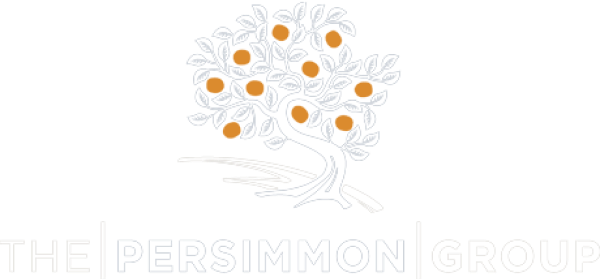Quick Links

The New York Times published a startling opinion essay by author Jesse Singal this month: “What if Diversity Trainings Are Doing More Harm Than Good?” As a leader of a learning organization, I have to say the title certainly piqued my interest.
I was startled to read that social scientists who have studied diversity training frequently conclude that they have little to no positive effect on actual D.E.I. results. Why?
Too many organizations use training as a “check the box” shortcut that distracts them from solving specific, concrete problems.
The article gives a great example. Say you want more people of color in management roles at your organization. Solving a problem like that could take hundreds of hours of legwork.
It might require gathering and analyzing applicant data. You might need to interview current managers of color on whether climate issues are contributing to the problem. You’ll likely need to institute significant changes to your hiring and promotion practices.
For too many organizations, it feels easier to pay for training and move on. “Problem solved.” Except it rarely is.
You could apply this logic to almost any business problem. It’s startling how often organizations use training as a band-aid to cover up gaping wounds in their culture, practices, and policies.
So what should you do instead? First, internalize these two truths.
1. Training is not the same as Learning and Development. Significant organizational change requires a strategy. You may need to look beyond single-delivery classroom training to achieve your desired outcome.
Outstanding learning partners should be able to provide you with an array of options, ranging from tailored in-person experiences to online simulations and games to small group coaching programs. Everything you include in your L&D program should work together to create tangible outcomes and (where necessary) behavior change.
(In case you’re wondering, all of our 2023 open-enrollment classes are built on this principle! You can see the published schedule here, but when registering, be sure to use the code WORM23 for a 15% “early bird” discount. It’s good until Jan. 31).
2. Learning and Development is not a substitute for business improvement. On the contrary, non-technical L&D is best for two things…setting a foundation for positive change and reinforcing change as it occurs. For the best possible results, your organization will also need to honestly examine and continuously improve its practices, processes, policies, infrastructure, culture, and other aspects of business that drive results.
In 2020, The Persimmon Group made it our (official) mission to “eliminate hard work that gets you nowhere.” So, when customers call us for “training,” we start by asking about the problem you’re trying to solve–what does success really look like?
You don’t have to work with a third party to start asking this question yourselves. In a single, simple conversation, you may even be surprised to discover that your real problems are different than what you assumed. So, too, are the solutions.
Practical strategies to help you thrive in Leadership, Project Management, and more.

11 East 5th Street
Suite 300
Tulsa OK 74103
918-592-4121
888-392-7101
| Cookie | Duration | Description |
|---|---|---|
| cookielawinfo-checkbox-analytics | 11 months | This cookie is set by GDPR Cookie Consent plugin. The cookie is used to store the user consent for the cookies in the category "Analytics". |
| cookielawinfo-checkbox-functional | 11 months | The cookie is set by GDPR cookie consent to record the user consent for the cookies in the category "Functional". |
| cookielawinfo-checkbox-necessary | 11 months | This cookie is set by GDPR Cookie Consent plugin. The cookies is used to store the user consent for the cookies in the category "Necessary". |
| cookielawinfo-checkbox-others | 11 months | This cookie is set by GDPR Cookie Consent plugin. The cookie is used to store the user consent for the cookies in the category "Other. |
| cookielawinfo-checkbox-performance | 11 months | This cookie is set by GDPR Cookie Consent plugin. The cookie is used to store the user consent for the cookies in the category "Performance". |
| viewed_cookie_policy | 11 months | The cookie is set by the GDPR Cookie Consent plugin and is used to store whether or not user has consented to the use of cookies. It does not store any personal data. |